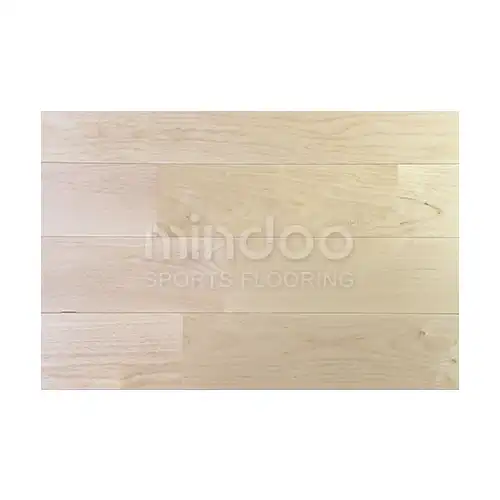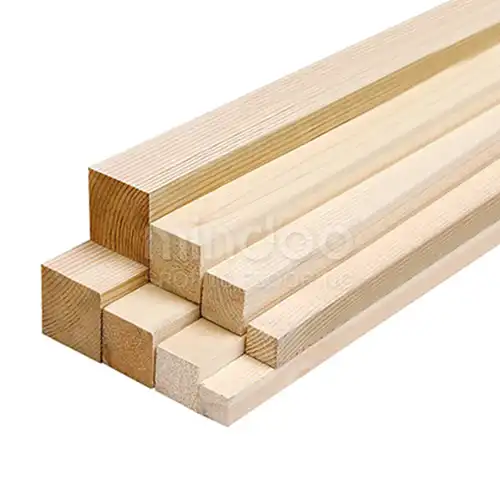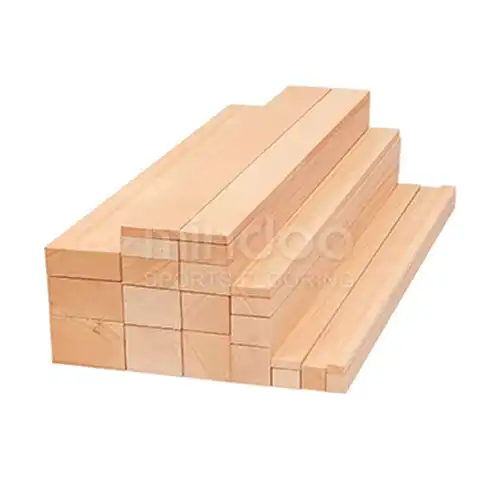Tailoring the Perfect Gym Flooring: A Comprehensive Guide to Designing Your Athletic Space
When it comes to building or renovating a gym, one of the most pivotal decisions you’ll make is the flooring. Not only does it affect the aesthetics of the space, but it also plays a critical role in safety, performance, and durability. Whether you’re outfitting a commercial fitness center or a home workout room, selecting the right type of exercise flooring—especially the sports-specific wood flooring—can significantly impact the overall experience.

Let’s dive into the essential factors that should inform your decision-making when designing a sports wood floor that’s both functional and attractive.
Understanding the Unique Needs of Gym Floors
Every gym is different, with distinct needs based on the types of activities that will take place. From weightlifting to high-intensity cardio to yoga and everything in between, the floor must be versatile and resilient. But when considering wood as a flooring material, it’s important to acknowledge the nuances that make it ideal for sports venues.
Wooden sports flooring provides a unique balance of comfort and support. Unlike other hard surfaces like concrete or tile, wood offers a slight give that can reduce the impact on joints during high-intensity workouts. Furthermore, it delivers an aesthetically pleasing, warm ambiance that can elevate the gym's overall design, giving it a welcoming, professional feel. That said, the real key is selecting the right type of wood and the proper design layout.
Step 1: Assess the Type of Activity & User Foot Traffic
Before diving into the specifics of materials, it’s crucial to identify the types of workouts that will occur in the gym. Will there be a heavy focus on basketball, volleyball, or other high-impact activities? Or is the space more centered on low-impact exercise, like pilates or yoga? These factors will influence the type of wood and the construction of the flooring.
For gyms hosting high-impact sports, look for materials with shock absorption properties—essential for reducing the risk of injury during intense, high-impact activity. Wood flooring should be installed with an underlayment that allows for cushioning but still provides a stable surface for sports performance. On the flip side, if the gym is geared toward activities like yoga or stretching, less shock absorption may be needed, but the floor should still maintain an adequate level of comfort.
Also, consider foot traffic patterns. A space with high usage will require more durable materials, such as maple or oak, which have natural hardness and wear resistance. You can enhance this further by choosing a multi-layer wood construction that provides superior durability.
Step 2: Choose the Right Type of Wood
When you think of wooden gym floors, hardwood is typically the first material that comes to mind. But not all woods are created equal when it comes to athletic use. The two most common types of wood used in sports flooring are maple and oak.
Maple is often the top choice for sports venues. It’s a dense, durable wood known for its natural shock-absorption abilities and resistance to wear. Maple's light color also gives it a clean, professional look that’s especially popular in basketball courts. It also provides excellent traction for athletes, reducing the risk of slips and falls.
Oak, on the other hand, is another popular choice for fitness spaces, though it’s a bit softer than maple. It is still highly durable but offers a slightly different aesthetic, with a more prominent grain pattern. Oak is often used in gyms with slightly less intense activities but still requires the same level of maintenance and care.

While hardwood is preferred, there are also engineered wood options that provide better moisture resistance and stability, especially in environments with fluctuating temperatures and humidity levels. The choice of material will largely depend on the climate and the level of use you expect the gym to handle.
Step 3: Consider the Installation Method
The way the flooring is installed has a direct impact on its performance, longevity, and maintenance needs. For sports wood floors, two primary installation methods are common: floating and nailed-down.
Floating floors are ideal for spaces where expansion and contraction are concerns, like gyms located in areas with high humidity or fluctuating temperatures. These floors are not directly attached to the subfloor, which allows for easier maintenance and longer durability.
Nailed-down floors offer a more secure and stable foundation. These are typically preferred for larger spaces with heavy foot traffic, such as basketball courts, where the floor must remain in place despite constant movement. However, they require more care during installation to ensure proper ventilation and moisture control.
Each installation type has its pros and cons, so you’ll need to choose based on your specific needs and space considerations.
Step 4: Add Essential Features for Performance and Safety
Safety is paramount when designing any gym floor. Sports wood flooring comes with a range of features designed to enhance safety while also improving performance. These include:
Shock absorption: As mentioned earlier, gym floors need to mitigate the impact of jumps, sprints, and quick movements. Many modern sports wood floors include systems like cushioned underlays that provide shock absorption, helping to protect athletes’ joints and reduce fatigue.
Slip resistance: Wood floors in gyms need to provide adequate traction, even when wet. An anti-slip finish or coating is an essential part of the design, particularly for high-intensity spaces where sweating is a regular occurrence.
Durability: Whether it’s through the wood’s natural hardness or an added wear layer, durability is a must. Some modern wooden gym floors feature UV-cured coatings or aluminum oxide finishes that improve scratch resistance, which can greatly extend the lifespan of the floor.

Step 5: Design for Aesthetics and Atmosphere
Design isn’t just about function—it's also about creating the right environment. Wooden floors naturally have an aesthetic appeal, but the finish, color, and layout can dramatically influence the overall vibe of the space.
Light finishes like natural maple can make the gym feel more expansive and bright, while darker finishes such as walnut or mahogany can create a more refined, serious atmosphere. The layout and color scheme should also match the purpose of the space: for example, using contrasting borders for basketball courts, or creating geometric patterns for aerobics areas, can make the space look cohesive and organized.
Additionally, if you're catering to a high-end clientele or a commercial space, the aesthetic of the flooring plays a major role in setting a premium tone.
Step 6: Maintenance and Longevity
Lastly, maintenance is an often overlooked yet crucial factor in ensuring that your gym floor continues to perform well over time. While wood floors are durable, they do require routine care. Regular cleaning, refinishing, and inspections will help maintain their appearance and functionality.
For instance, hardwood floors should be swept or vacuumed regularly to remove dust and debris that could scratch the surface. Occasionally, the finish may need to be reapplied, especially in high-traffic areas. Additionally, it’s important to check for any moisture buildup, as excess water can warp or damage wood flooring.
By carefully considering factors such as the type of activity, the type of wood, installation method, safety features, and design, you can create a floor that enhances both performance and the overall gym experience. Keep in mind that the best floors don’t just support fitness—they inspire it.





